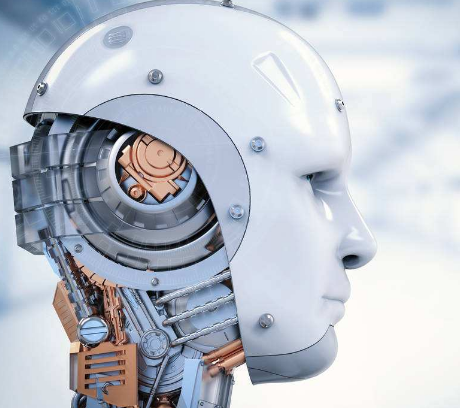I think we all have some understanding of capacitors, from the objective point of view, capacitors in a sense, has been similar to the battery.Although it is very different from the way the battery works, the common point is that they are devices and devices that can complete the electrical energy village.But capacitors work much more simply. Batteries can produce electrons, whereas capacitors can only store them.
The simplest type of capacitor consists of two electrodes at each end and an insulating dielectric (including air) in the middle.After electrification, the electrode plate is charged, forming a voltage (potential difference), but because of the insulation in the middle, so the whole capacitor is not conductive.However, this is provided that the critical voltage of the capacitor (breakdown voltage) is not exceeded.We know that any material is relatively insulated, when the material at both ends of the voltage increase to a certain extent, the material can conduct electricity, we call this voltage breakdown voltage.Capacitors are no exception. When they are broken, they are no longer insulators.Such a voltage is not seen in the circuit, so it works below the breakdown voltage and can be seen as an insulator.In an ac circuit, however, the direction of the current varies as a function of time.The charging and discharging process of the capacitor has time. At this time, a changing electric field is formed between the plates, and the electric field is also a function of time.In fact, current flows between capacitors in the form of a field.
The dielectric material of a capacitor
The dielectric materials used in capacitors are mainly solid, which can be divided into organic and inorganic categories.According to the form of molecular structure, inorganic dielectric materials have microcrystalline ionic structure, amorphous structure and some structure of both (such as ceramics, glass, mica, etc.).Organic dielectric materials are mainly polymer structures composed of covalent bonds, which can be divided into non-polar (such as polypropylene, polystyrene, etc.) and polar (polyethylene terephthalate, etc.) according to their symmetry.The electrolytic capacitor medium is an oxide film grown directly on the anode metal, which is also an ionic structure.
The polarization of non-polar organic materials and inorganic materials with close ionic structure belongs to the fast polarization type.However, ionic crystals with polar organic materials and loose structure belong to slow polarization type.In the former, the dielectric constant is low, the loss Angle tangent tg is small, the temperature and frequency characteristics are good, and the volume resistivity is high.The latter is more or less the opposite.Dielectric materials used in engineering are not ideal dielectric materials and have different degrees of impurities, defects and inhomogeneity.This is the reason for the rho V with different volume resistivity and the Eb with breakdown field strength.The polarization forms and dielectric properties of common dielectric materials used in capacitors are listed in the attached table.
Under the action of external electric field, dielectric materials will produce polarization, loss, conductivity, breakdown and other phenomena, which represent the basic properties of dielectric, and these properties depend on the composition and molecular structure.
Link:Tenco







没有评论:
发表评论